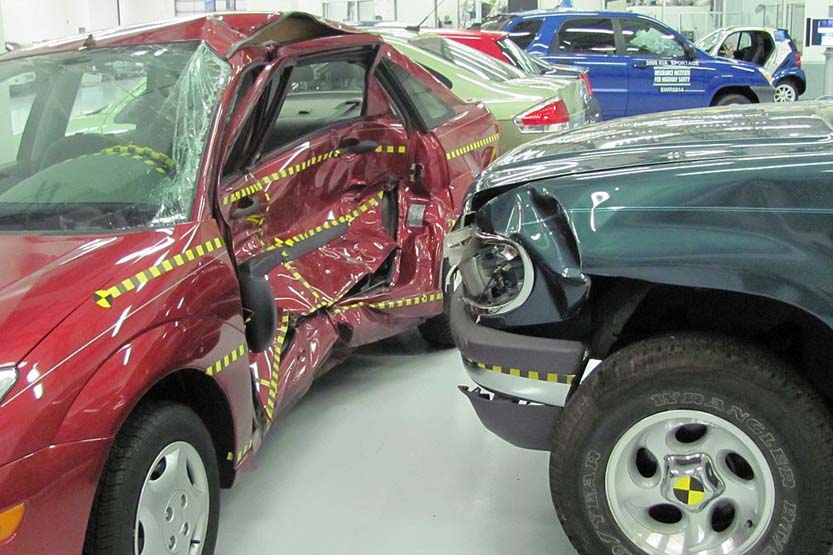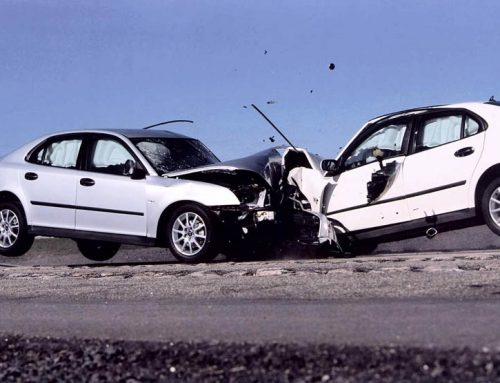Side or corner collisions are more likely to cause serious injury or death than frontal or head-on collisions at similar speeds. This is because the side of a vehicle is relatively soft and offers much less protection than the front or rear of the same vehicle. Even with the addition of side and head and curtain airbags in many modern vehicles, occupants can be seriously injured during side collisions.

Side (angle) collisions generally occur at intersections and are usually caused by a car running a traffic light or not yielding the right of way. When investigating side collisions, the most common method used by accident analysts to determine velocity is linear momentum analysis.

Momentum analysis is based on the principle of conservation of momentum. Every vehicle in motion has a property called momentum, which can be quantified by multiplying the weight of the vehicle by its speed. Momentum is a vector quantity, it also has a direction. Because, in side collisions, the vehicles are approaching at angles that are not parallel to each other, the linear momentum analysis must use the concepts of trigonometry to mathematically analyze the collision. Conservation of linear momentum assumes a closed system, since the total momentum before the collision is the same as after the collision. Based on this acceptance, 10 of the 12 key variables are Σύγκρουση known or can be determined, accident analysts can solve for the remaining two unknown variables. A linear analysis of momentum only concerns velocities immediately before the collision and immediately after separation from the side impact.
Pre-collision variables
Vehicle weight 1 Vehicle weight 2 Approach angle of vehicle 1 Angle of approach of vehicle 2 Impact speed of vehicle 1 Impact speed of vehicle 2

Post-collision variables
Vehicle weight 1 Vehicle weight 2 Departure angle of vehicle 1 Departure angle of vehicle 2 Post-impact velocity of vehicle 1 Post-impact velocity of vehicle 2
In some cases, the nature of the known variables can make a momentum analysis “sensitive”, as changing a known variable by only a small percentage can change unknown / complementary variables by a significant amount. For example, when vehicles of significantly different weights collide (truck vs. car), a small adjustment in approach or departure angles greatly affects the resulting collision speed for the smaller vehicle. Our recovery analysts will perform sensitivity testing to ensure reliable views.







